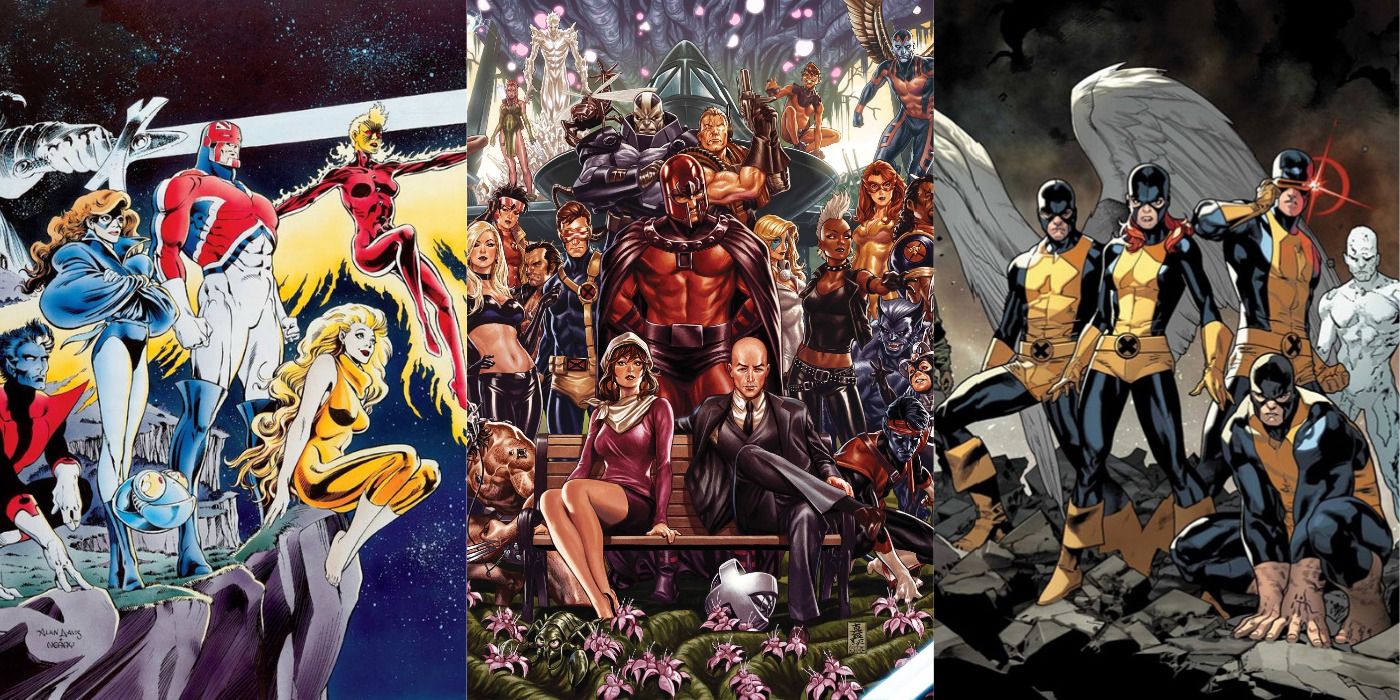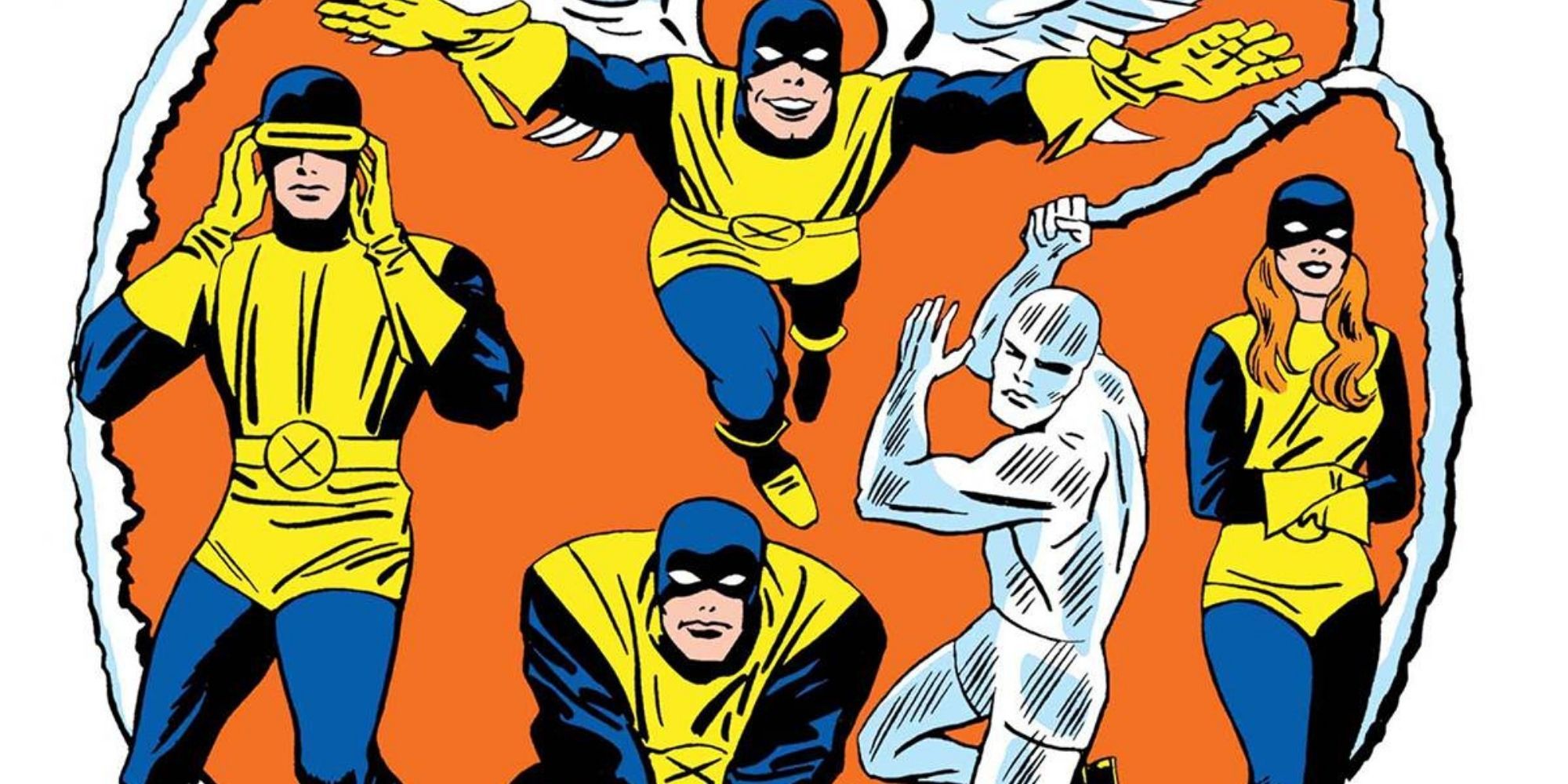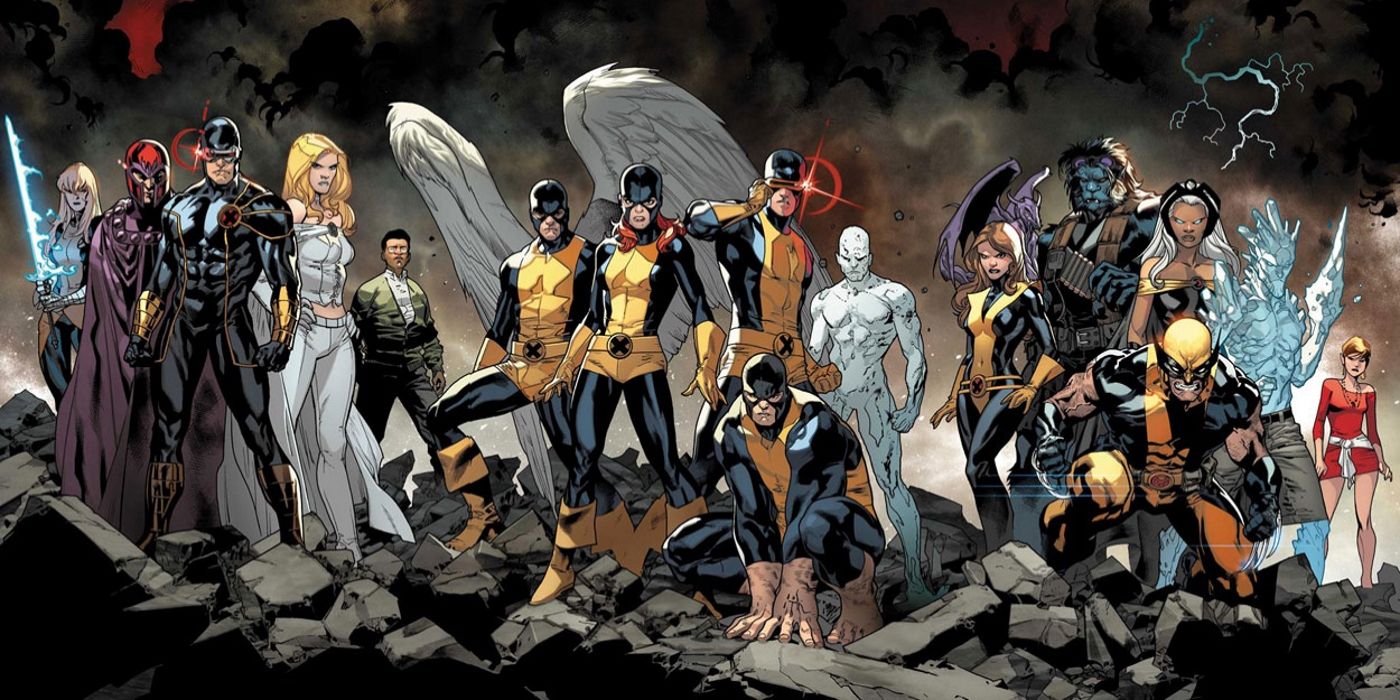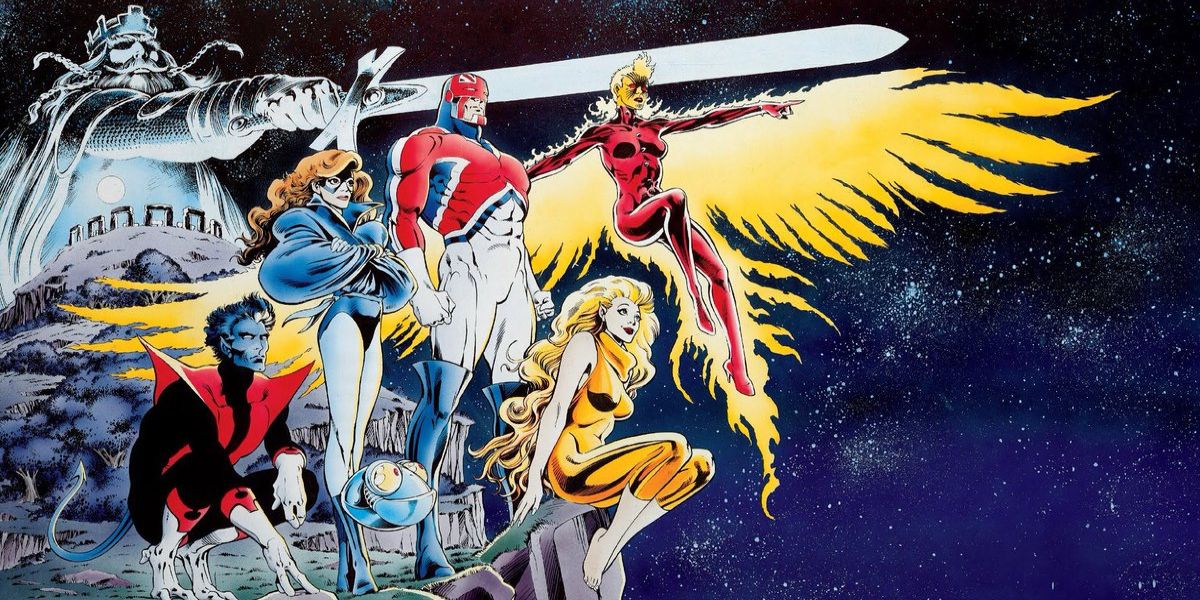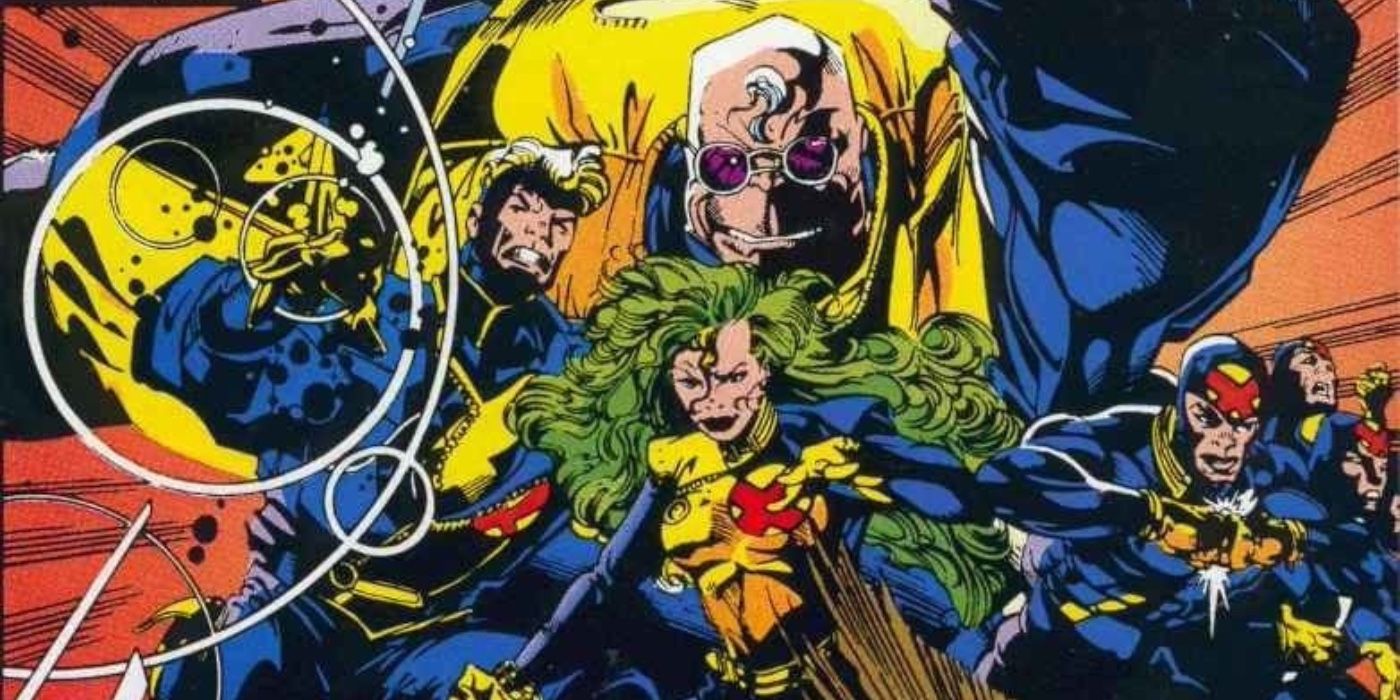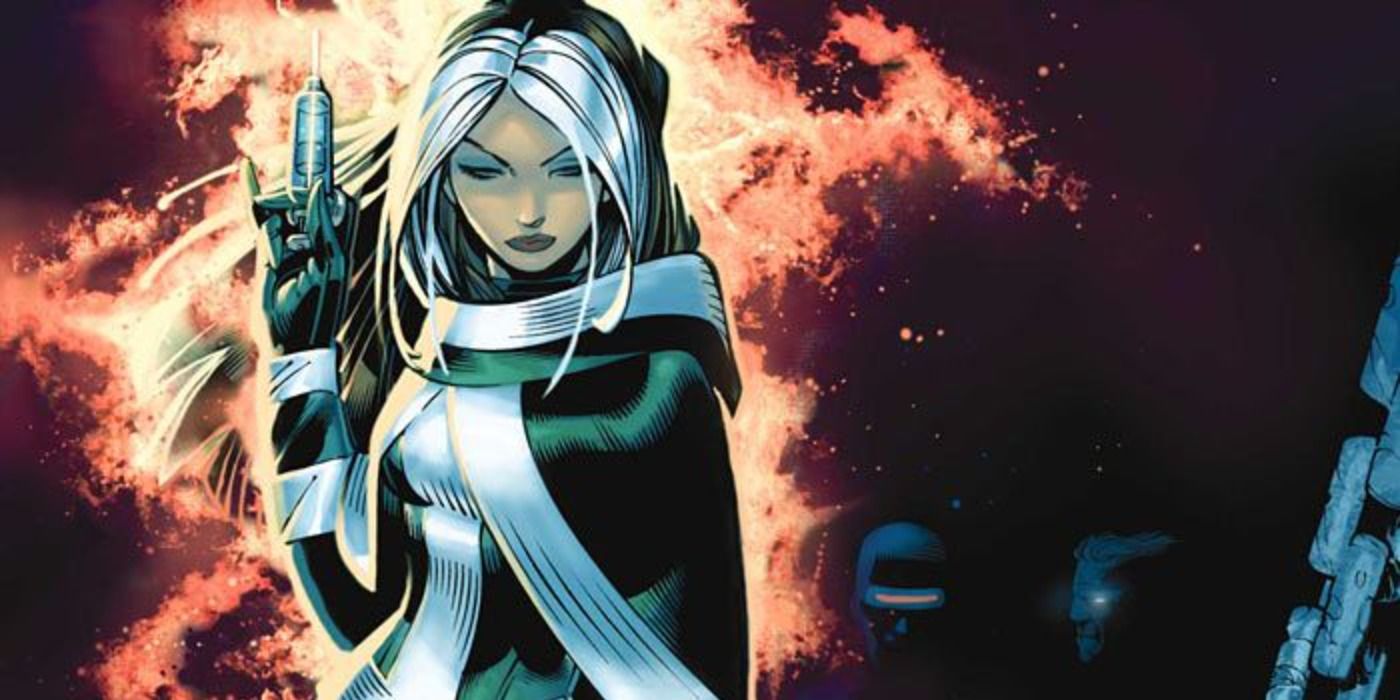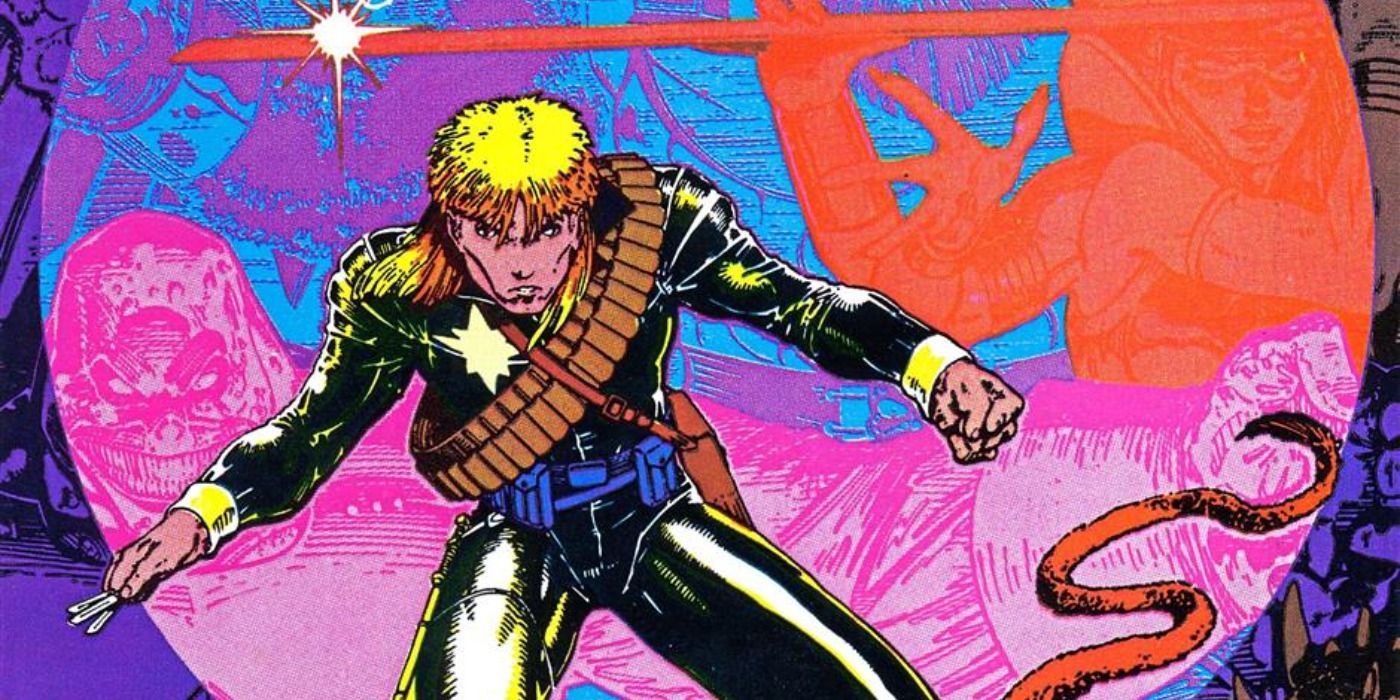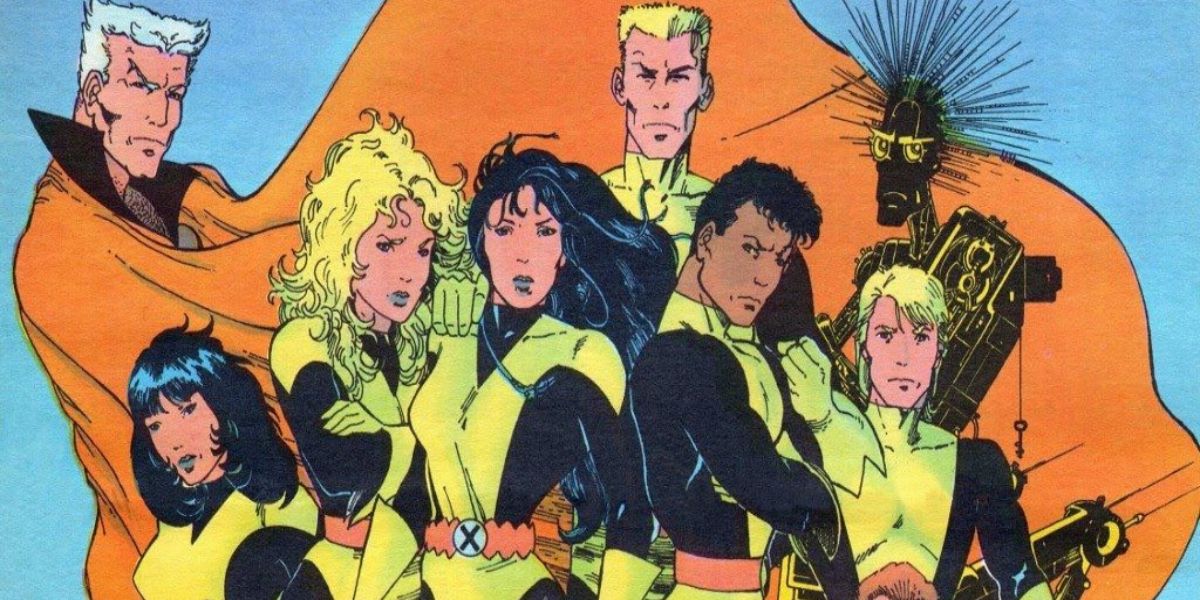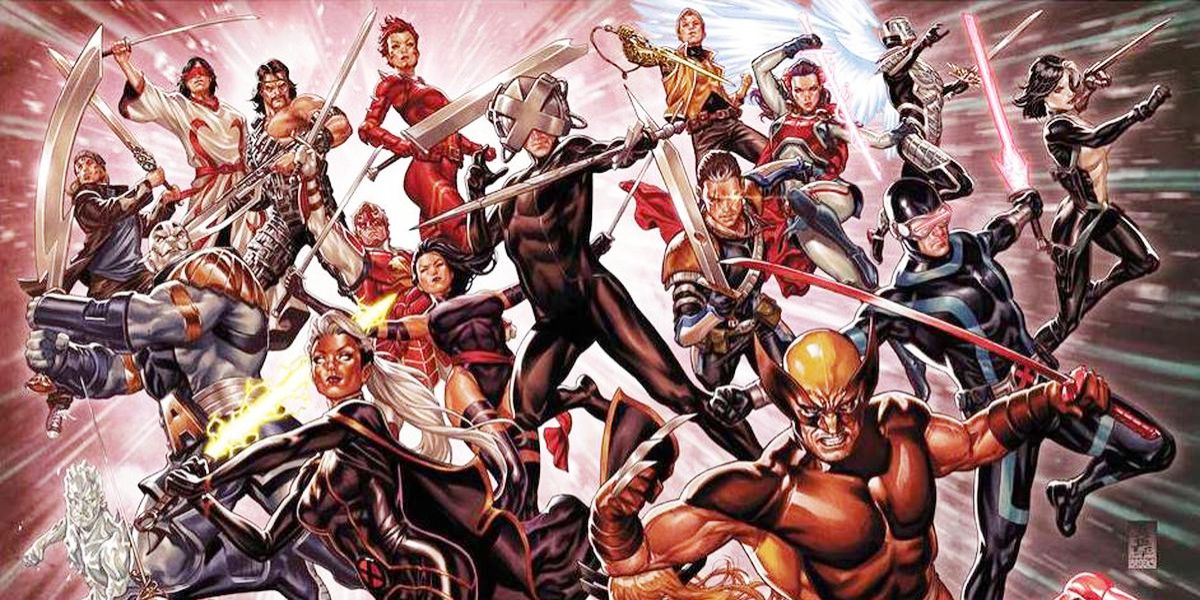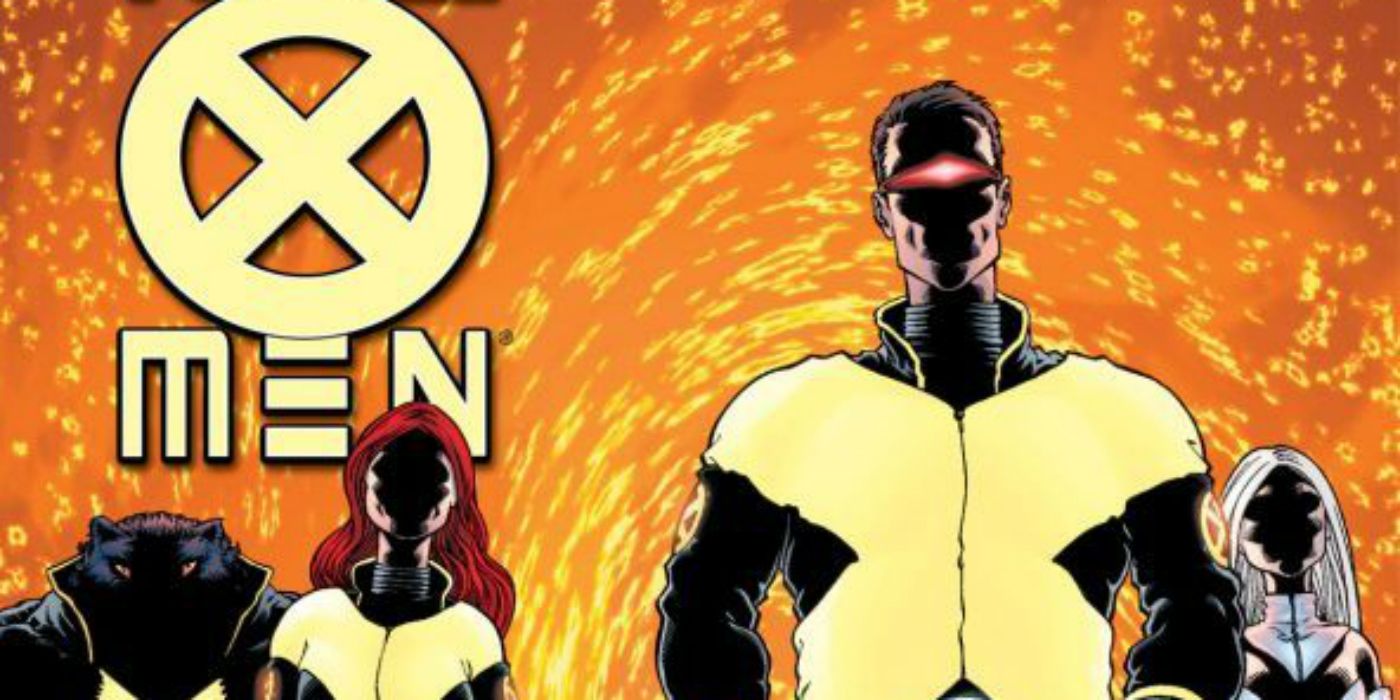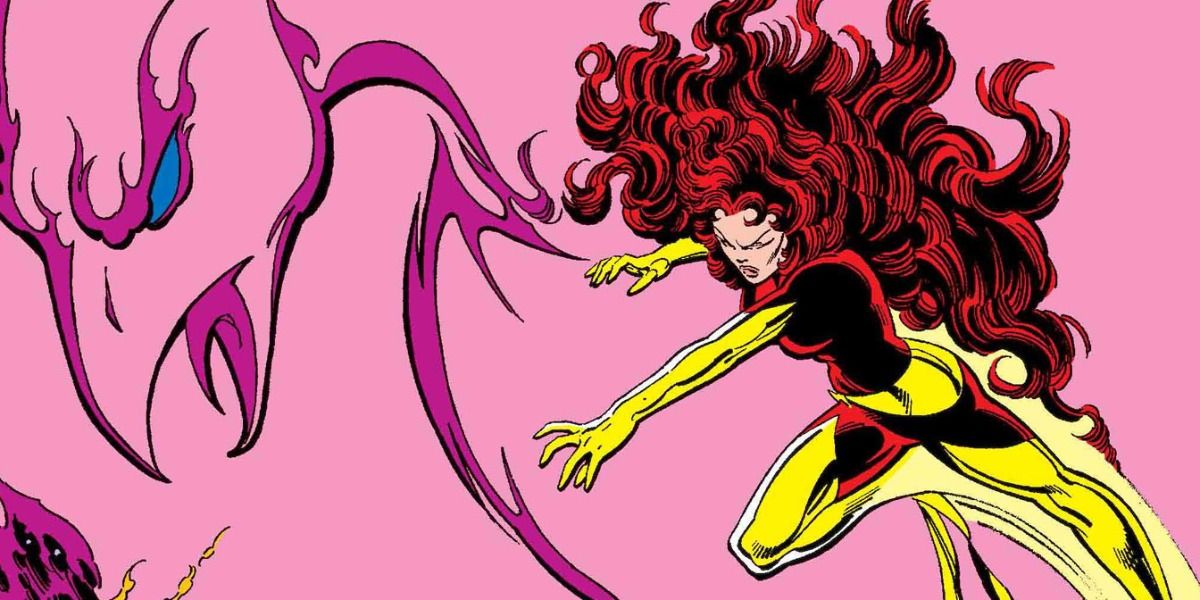The X-Men will appear in the MCU at some point in the next few years, and it's likely this version of the live-action mutant team will draw on some of the best runs of X-Men comics. Some of the best writers in Marvel history, and really comic book history as a whole, have been key in telling the story of the X-Men in the last sixty years.
From Stan Lee to Jonathan Hickman, the X-Men have been guided by some of the most innovative writers working in the medium. Whether it's the landmark tenure of Chris Claremont or contributions to other corners of the mutant world by Louise Simonson and others, they have all been essential to making the X-Men who they are.
Stan Lee
The story of the X-Men begins with Stan Lee, who along with Jack Kirby, co-created the team in 1963. Lee provided the template for everything that would follow, including the core concept of the mutants being persecuted. He helped create the original five X-Men including Cyclops, Jean Grey, Beast, Iceman, and Angel, as well as their iconic villains like Magneto, the Brotherhood of Evil Mutants, and the Sentinels. While the stories of Lee may not be regarded as highly as others later in the run, they are absolutely essential to the foundation of the franchise.
Brian Michael Bendis
Brian Michael Bendis had a run on the All-New X-Men and Uncanny X-Men titles in the 2010s, which focused on the original five teenage X-Men being brought forward in time to the present day. During his run, Bendis introduced original characters like Eye Boy and wrote founding member Iceman's coming out story.
His most significant contribution to the world of mutants - and Marvel Comics in the last twenty years - is House Of M. This limited series saw the Scarlet Witch erase nearly all mutants from existence, leading to a series of cascading events that are still playing out today with her murder on Krakoa. House Of M has also inspired elements of the WandaVision series, which will have lasting effects on Wanda and the MCU.
Alan Davis
Alan Davis is primarily known for being an illustrator, especially as one of the best Avengers artists, but he also wrote an essential run of the Excalibur comic book in the '90s. Davis helped co-create the British branch of the X-Men in 1988, which transplanted Kitty Pryde, Nightcrawler, and Rachel Summers to the U.K. Davis expanded on the multiversal zaniness of the comic book on his run, as well as explored the truly cosmic power of Rachel Summers as host to the Phoenix Force, all elements that could have bearing on the MCU in the future.
Peter David
Peter David wrote an extended run on X-Factor in the early '90s, taking some of the most interesting but underutilized X-Men characters like Havok and Polaris and making them compelling. Though his run was relatively brief, he participated in major crossovers of the era like "X-Cutioner's Song," which was key to the story of Cable.
Peter David also wrote numerous issues of the Wolverine solo title in the late '80s and early '90s, applying his trademark wit to the gruff character on his many side missions away from the main X-Men team. David's most lasting contribution to the franchise is his later work on the rebooted X-Factor title, which fleshed out Jamie Madrox and gave a platform to showcase underutilized characters such as Siryn and M.
Mike Carey
Mike Carey has one of the longest runs of the 21st century, writing the X-Men between 2006 and 2011. He is also one of the most influential writers in the X-Men franchise, especially in light of recent events. Concepts Carey came up with on his run like the Children of the Vault have become major aspects of the current Dawn Of X era of comics. He also explored the characters in profound ways, especially one of the X-Men's greatest leaders Professor X, who had migrated from a passionate and peaceful idealist to something very different in the current comics, thanks in part to Mike Carey.
Ann Nocenti
Ann Nocenti is perhaps best known to X-Men fans as being a longtime editor on the title in the '80s, but she was also a writer who contributed key aspects to the franchise. She wrote a number X-Men related books including Longshot. This mini-series introduced the hero from Mojoworld, who would go on to become part of the X-Men proper during the Outback days in the late '80s. She also wrote a number of excellent backup stories in Classic X-Men, which helped flesh out characters and continuity in the Claremont era of the book.
Louise Simonson
Louise Simonson was also an editor on X-Men during the Claremont run, but comic fans know she had major runs as a writer on a number of X-books during this period. Louise Simonson helped launch the X-Factor comic which brought the original five X-Men back together and importantly in X-history, introduced Apocalypse, and transformed Warren Worthington into Archangel.
She also wrote an extended run on The New Mutants, culminating with the introduction of Cable, who would turn out to be Nathan Summers, the son of Cyclops. In a male-dominated industry, Simonson was one of the few prominent female writers who regularly worked on high-profile titles, and her contributions to the X-Men franchise helped the characters grow even more popular in the 1980s and early 1990s.
Jonathan Hickman
Jonathan Hickman has been a major architect of Marvel Comics in the 21st century, with key runs on the Fantastic Four and Avengers. His dramatic reimagining of the X-Men in the Dawn Of X era has turned the world of mutants upside down. The revelation that Moira MacTaggert is a mutant is massive, as is the concept of the resurrection protocols.
While Hickman is stepping away from the X-Men with the completion of the Inferno mini-series, his run has proven so successful that his original plan to wrap it up has been set aside to allow other creators to continue to explore all the possibilities and ramifications of his ideas.
Grant Morrison
Many of the Dawn Of X era's ideas build off concepts established by Grant Morrison in the early 2000s. Morrison took over the comic with New X-Men #114 and completely revitalized the team. Morrison introduces key concepts like the idea of secondary mutations, brought Emma Frost into the fold, and also created Cassandra Nova, the malevolent twin of Charles Xavier.
Morrison also returns to some classic X-Men ideas, like Jean Grey as the Phoenix, updating iconic stories and defining the X-Men for the modern age. Morrison's innovations reached beyond the comic book medium, with his take on Emma Frost as an ambiguous antihero and his creation Angel appearing in the Fox X-Men films.
Chris Claremont
Chris Claremont is responsible for more than just virtually all the best X-Men comics of the 1980s. He's arguably instrumental in the success of the franchise as a whole. He took over the book with the all-new X-Men team in X-Men #94 and revived the moribund comic with a series of storylines like The Dark Phoenix Saga and Days Of Future Past. He introduced dozens of iconic characters, including Kitty Pryde, White Queen, Dazzler, and others, and for sixteen years, was the steward of one of the most successful and critically lauded comics in the history of the medium.

